Not Hype, Not Magic: What Human-Focused AI Really Means For Customer Engagement
Published on April 04, 2018/Last edited on April 04, 2018/9 min read
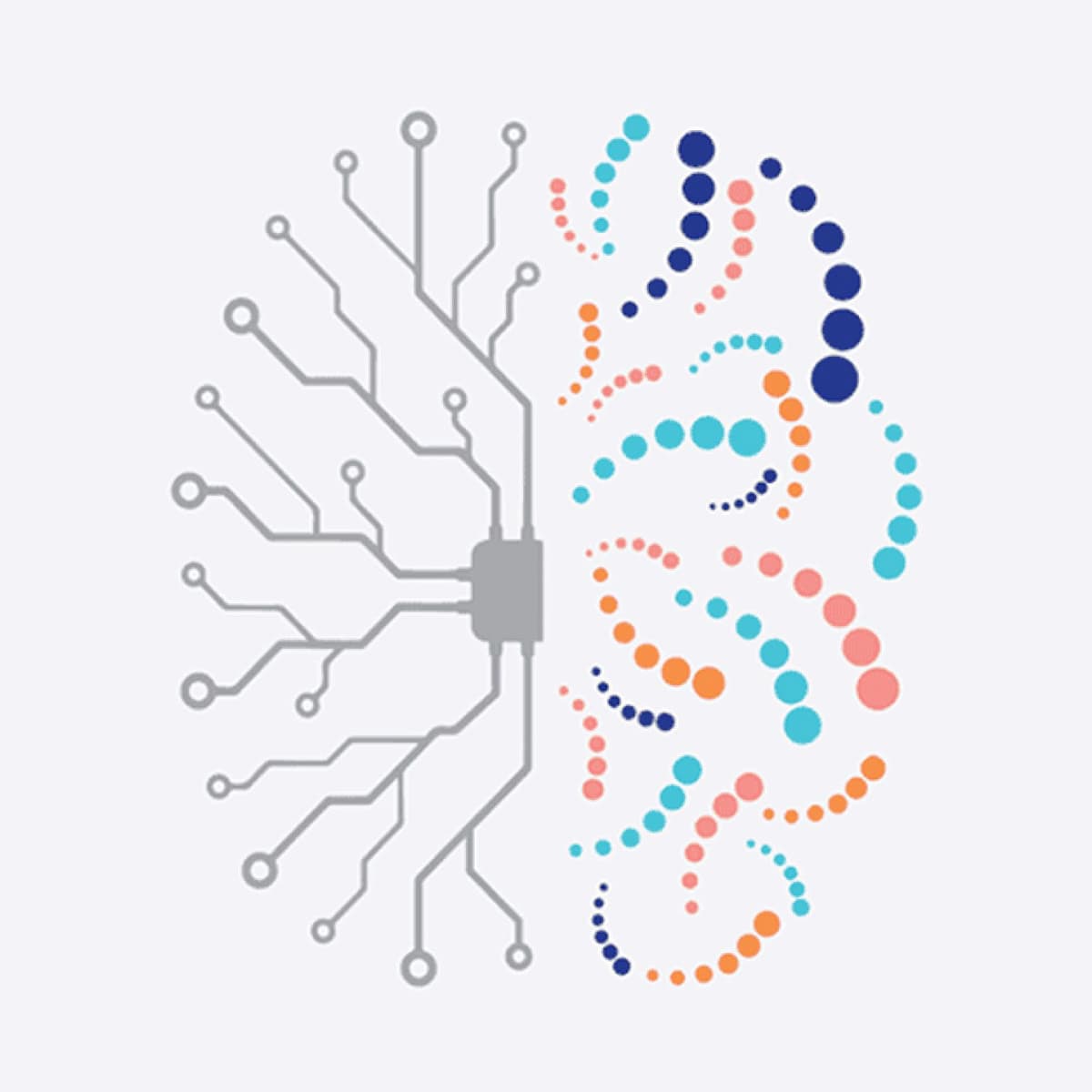

Kevin Wang
Chief Product OfficerThe concept of Artificial Intelligence has been with us for a long, long time. It’s appeared in ancient myths and spilled into popular culture, from Metropolis to Her. Over the past decade, artificial intelligence (AI) has gone from wouldn’t-it-be-nice marketing fantasy to a full-on customer engagement hype cycle, with companies across a range of industries seeking a way to boost productivity and level up their brand experiences.
In the popular imagination, AI tends to be depicted as a killer robot or computer-based intelligence that’s basically the intellectual equivalent of human being, a few little oddities aside. (Think Data from Star Trek: The Next Generation or HAL 9000 in 2001: A Space Odyssey.)
That depiction has influenced the way people perceive AI-related products emerging today. Companies pitch AI as a kind of computer-driven magic—”Click here and our trained robots will make your customers love you!”—that brands don’t need to understand to profit from. This aura of mystery is enhanced by the fact that very few AI products explain the specifics of how they actually work: the pitch of “our product can do multiplication many many times in a rowand cleverly use the results!” is less compelling than “look at this magic computer!”
AI is real, and very powerful. But making AI work for your business isn’t as simple as pushing a button—you have to make it happen.
What Is AI, Really?
From the watermill to the saddle, all the way to the invention of spreadsheets and computer programming languages, most human innovations have fundamentally been about finding ways to perform tasks more efficiently. AI is no different. But because today’s AI-powered productivity tools have the ability to do much more in a highly automated fashion—and because AI is at the bleeding edge of technology right now—it can sometimes feel more like magic than technology.
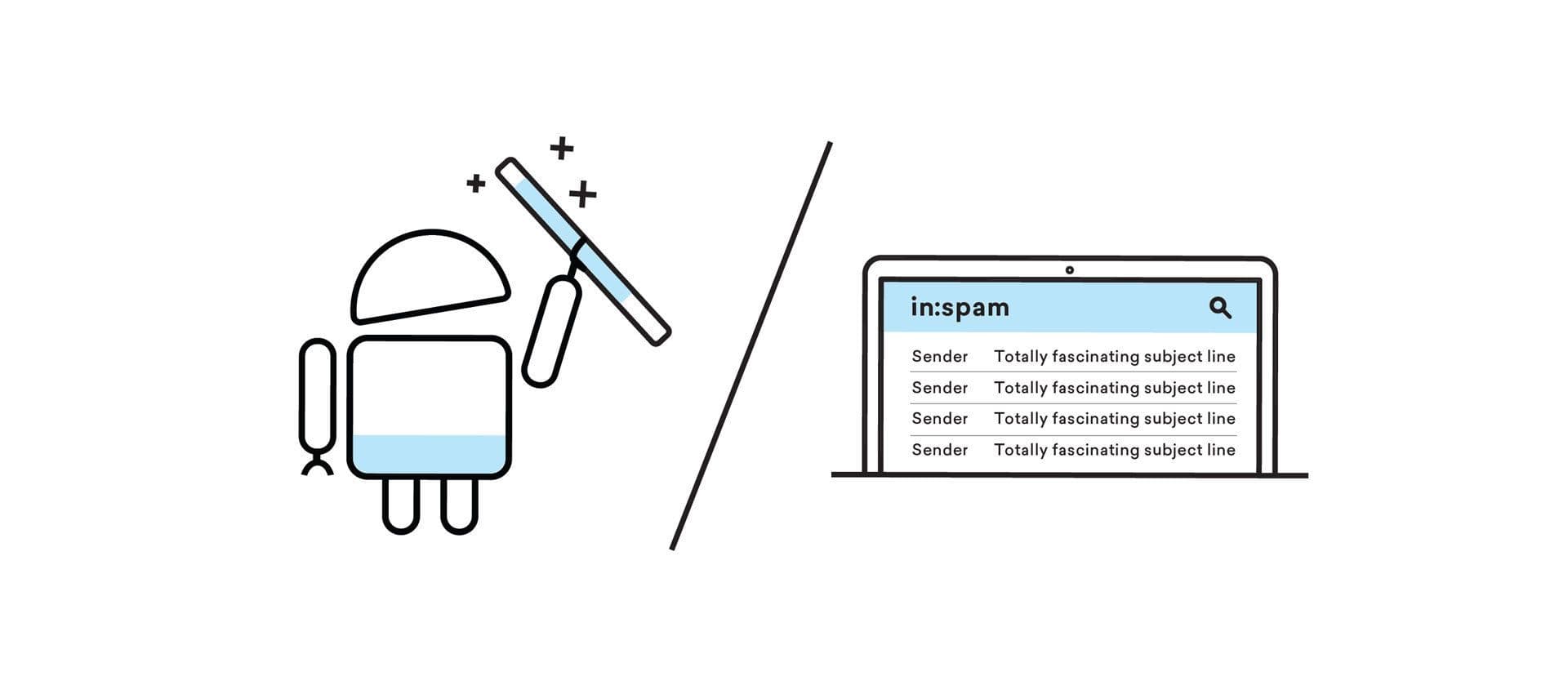
When people talk about “artificial intelligence” in a modern context, they’re usually referring to a system that’s been designed to learn from data and use it to carry out a particular task. That task could be anything from filtering email spam to driving a car, but it is always focused and specific. This kind of AI—the AI that exists today—is known as “narrow AI,” while “general AI” is the kind of omniscient AI that you see in post-apocalyptic movies featuring Keanu Reeves.
People tend to stop considering something to be AI once it becomes a regular part of their lives. No one opens their inbox and thinks, “Spam free again—thank you, AI!” or marvels at the arcane wonders of Microsoft Word correcting their grammar. But these applications are as much an application of artificial intelligence as IBM’s Watson; we just take them for granted.
The experience of effectively using AI is more like riding a horse, and less like having a super-intelligent horse steal your job.
What Does Modern AI Need To Function?
AI feeds off of two things: data and judgment.
Computers are stupid. Every computer is, in terms of performing general tasks, less capable than your average border collie. As a result, AI can do amazing things—but only if humans design it correctly, feed it the right data, and set it to work on a suitable problem.
People can get fixated on the idea that artificial intelligence is a threat to civilization, built to compete with—or worse—replace us, but the relationship is more complex than that. Humans and AI systems are inextricably tied together: humans build the algorithms that power today’s AI tools, and we’re the ones leveraging its capabilities. The experience of effectively using AI is more like riding a horse, and less like having a super-intelligent horse steal your job.
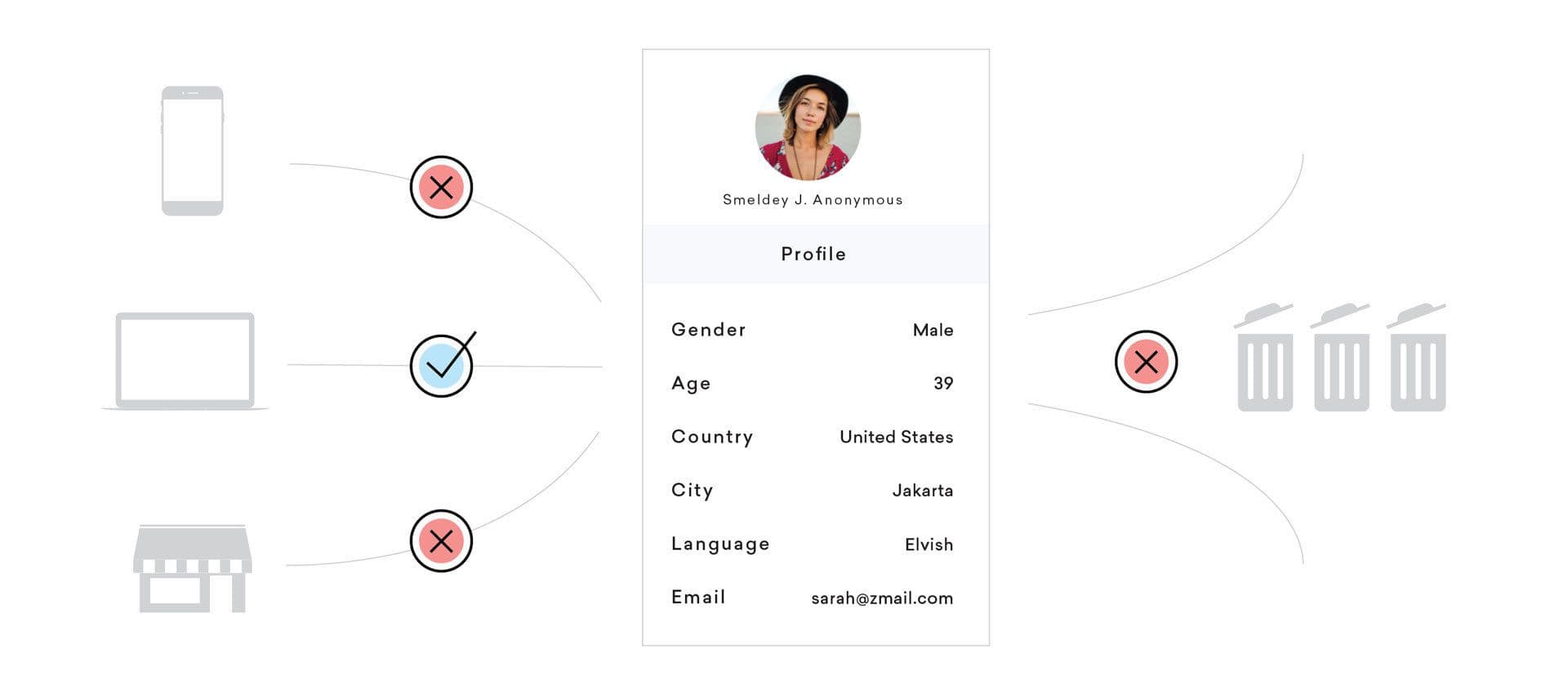
Over the last thirty years, we’ve seen an explosion of available data—many companies have more information than their teams could review in their entire lifetimes. A well-designed AI system can blast through that data and find insights that a human would never be able to find. That being said, artificial intelligence is ultimately a “garbage in, garbage out” proposition. Put flawed data into a best-in-class model, and you’re almost certain to produce lousy output. Clean, high-quality data is critical to accomplishing business goals, and since humans currently decide what information AI systems have access to, they’re a central factor in whether a given model succeeds.
When Should Brands Use AI For Customer Engagement?
Happily, AI and human beings excel at completely different types of tasks. Computers stay up all night, and don’t get bored, hungry, or grouchy. Computers are also great at math—the average person… not so much. When it comes to solving narrow tasks (think anomaly detection, email spam identification, even playing games like chess or Go), people can’t compete. But ultimately, AI is not magic. For instance, AI isn’t “creative” in the normal sense of the word—it can generate new content (e.g., the Torch framework), but only within a specific domain or use case. If you want real creative thinking, you still need a human.
Making use of AI in your customer engagement initiatives takes time and effort. Because so much of the buzz around artificial intelligence is of the “AI is magic!” school, companies are making investments without thinking through whether the tools they’re buying are built to solve the problems they care about.
That’s a mistake. The point of leveraging marketing AI is to provide a significant, tangible lift to your customer engagement efforts. Before you invest, take a look at your strategy, find the specific places where AI can add real value to the work being done by your (human) team, and focus there.
Braze used this approach when adding AI to our customer engagement platform. AI is great at making processes more efficient, great at automation, and great at acting upon insights in targeted ways. Instead of putting resources into building some pie-in-the-sky robot marketer, we looked for domains where AI’s strengths could make a concrete difference for our clients. In particular, we designed the Braze Intelligence Suite to accomplish three very specific goals:
- Save marketers time
- Help brands capture more ROI
- Carry out tasks that humans simply can’t do
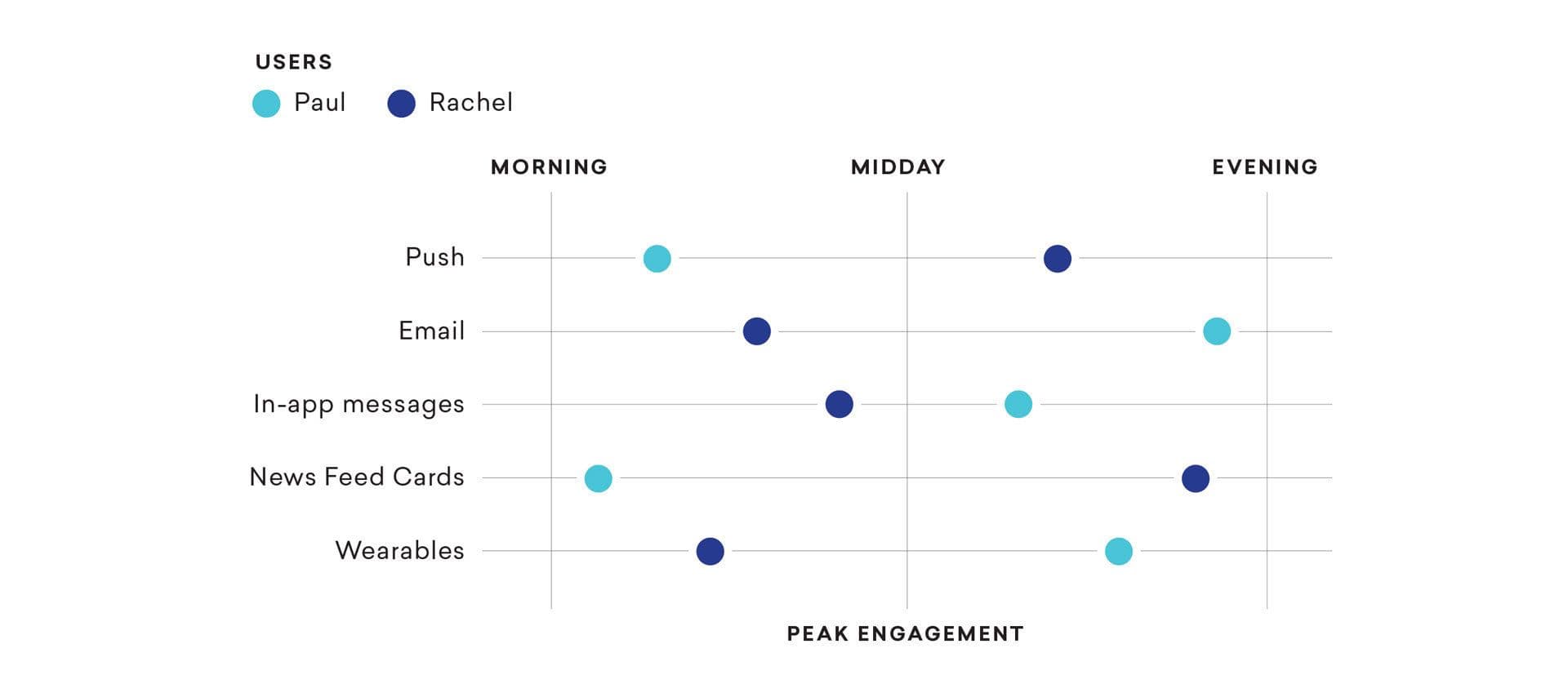
We started out back in 2014 by creating Intelligent Delivery, which leverages AI to identify each customer’s ideal engagement time, based on the times they’ve engaged with messages in the past. This tool can improve ROI—using this kind of send-time optimization can boost engagement by 25%—but it does it by doing something no sane human being can do: combing through the millions of messages your brand has ever sent to identify engagement patterns for every single recipient.
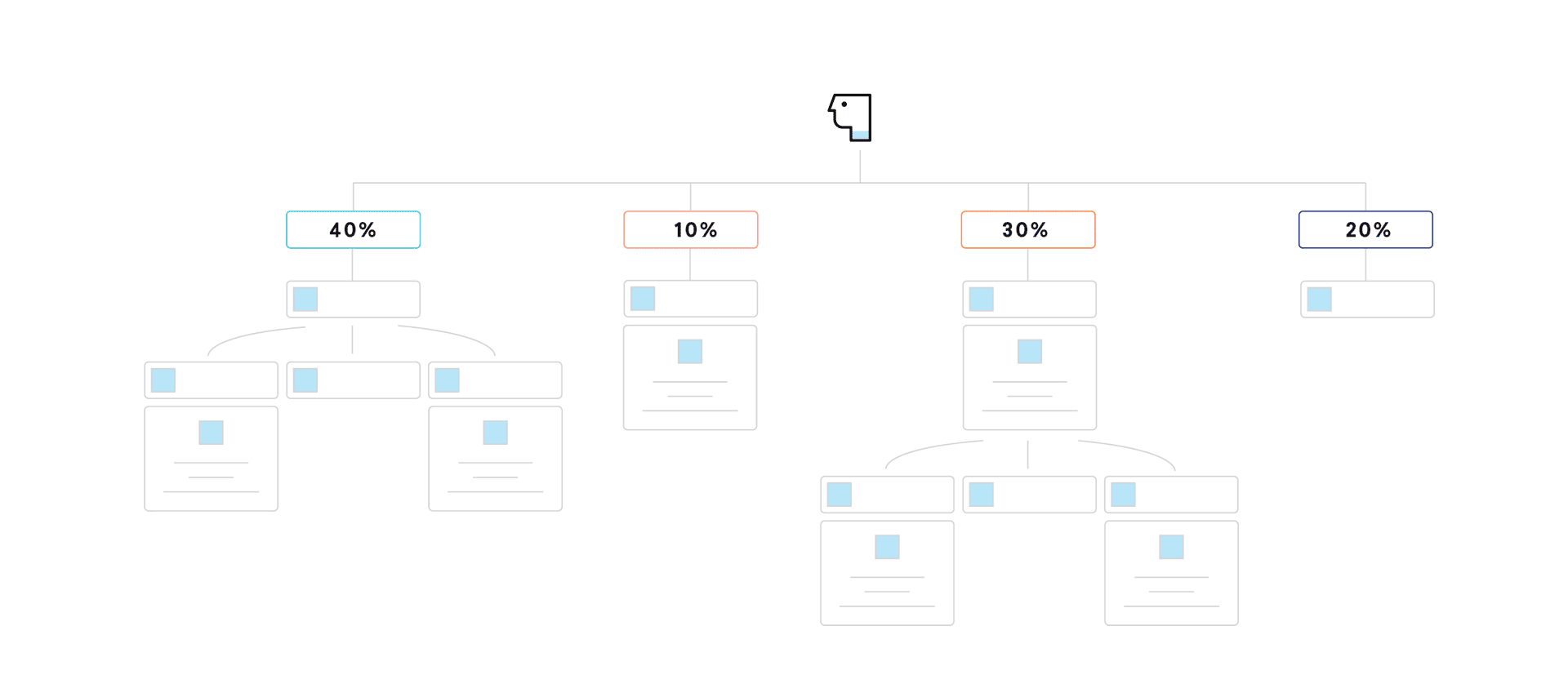
We focused on similar priorities when developing Intelligent Selection, which automates the message-testing process, seamlessly adjusting what message variants customers receive based on effectiveness. Because marketers don’t have to check on experiments or monitor which customers are receiving which version of a campaign, AI can provide both significant time savings and bolster ROI by ensuring that each campaign’s most impactful messages are being delivered to your audience.
These AI tools are real and powerful at executing the specific use cases they were built for. Intelligent Delivery can predict the best time to message a customer, but it can’t play chess or control a self-driving car. And that’s okay, as long as what it can do fits what you need it to do.
How Can Your Brand Get Ready To Use AI For Customer Engagement?
Many brands think they’re behind in leveraging AI for their customer engagement efforts—maybe you’re one of them. But while it can be tempting to jump ahead and dive into AI full bore, you first need to ensure you’re prepared to leverage it effectively.
Even if you don’t have AI systems on your radar now, ensure your company has taken the table-stakes steps to make the most of this kind of technology. The future is looking increasingly data-driven, and companies that pile on data debt instead of taking steps to get their houses in order simply won’t be able to respond effectively to the changing landscape they’ll face.
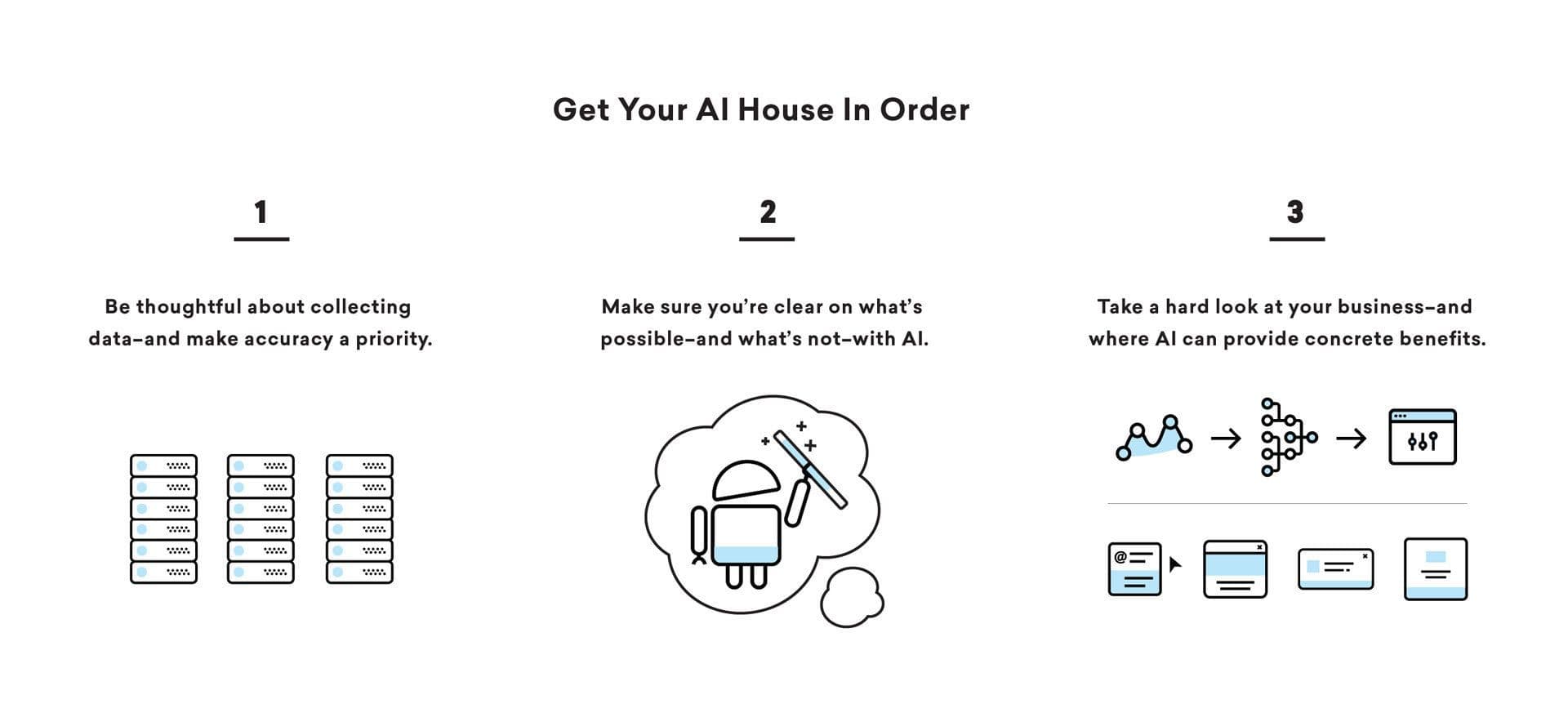
From the beginning, make sure you’re collecting customer information and other data in ethical, sustainable ways. New legislation like the EU’s General Data Protection Regulation(GDPR) and scandals surrounding Cambridge Analytica and the 2016 U.S. presidential electionare putting a spotlight on how companies are managing user data, and it’s increasingly likely that brands’ ability to hoover up endlessly huge quantities of data will go away in the coming years. As a result, it’s going to become even more essential to gather and protect the customer data you do have access to in a thoughtful, deliberate way.
Once you’ve tightened up your data, it’s time to take a good, hard look at your business’ goals. AI is a means to an end, and to use it effectively you should be crystal clear about what that end is. That means understanding where your company is today and where it’s likely to be in ten years, and identifying places where AI can positively impact your path there. By creating that sort of strategic roadmap, you’re creating a framework for your company to actually start looking at automating parts of your efforts using AI.
A common trap is assuming that AI will solve problems that you don’t understand, or that it will help your business in some kind of vague, general way, as if there’s a button you can press that says “Engage my customers… better.” That’s just not how AI works, and investing in it without being clear about what you’re trying to accomplish is a recipe for failure.
Another common downfall? Not understanding what’s possible and what isn’t with the AI systems available to your business. Before you start trying to use AI to support your efforts, make sure you’re clear about the capabilities the systems you’re looking at can really bring. Study up on what machine learning is good at doing, what the real applications are—both because there’s a lot of snake oil and because AI is only going to become more important.
It’s like this: if you’re doing yardwork, look outside and figure out what has to happen and what tools you need to accomplish everything. If you need to build a stone wall, don’t buy a chainsaw —only buy a chainsaw if you really need to cut down a bunch of trees (and definitely don’t buy a chainsaw just because you read that chainsaw-ownership is the mark of an innovative brand). You need to know what AI can accomplish and what your goals are. Once you have that, then you can figure out how to apply it to your business. And that, ultimately, is how you make a difference for your customers.
Unless the killer robots get us first ;-).
Related Tags
Be Absolutely Engaging.™
Sign up for regular updates from Braze.
Related Content
View the Blog
The future of payments: Enhancing innovation and trust in a changing landscape

Erin Bankaitis

Multichannel optimization: Unlocking a more cohesive strategy for engaging customers

Team Braze

Customer engagement must-haves for peak shopping season
